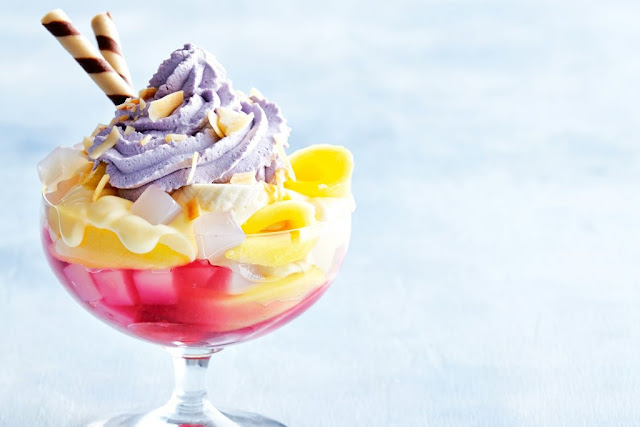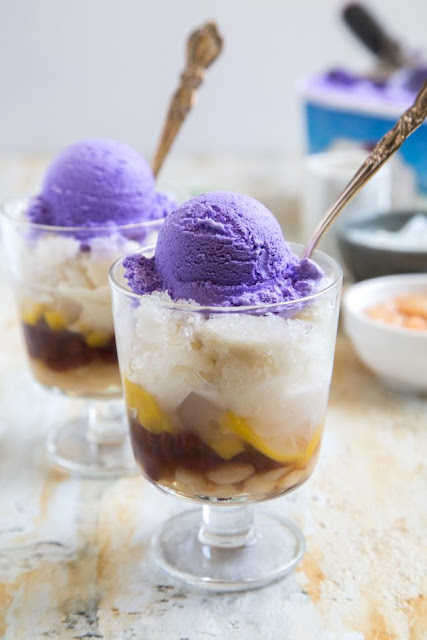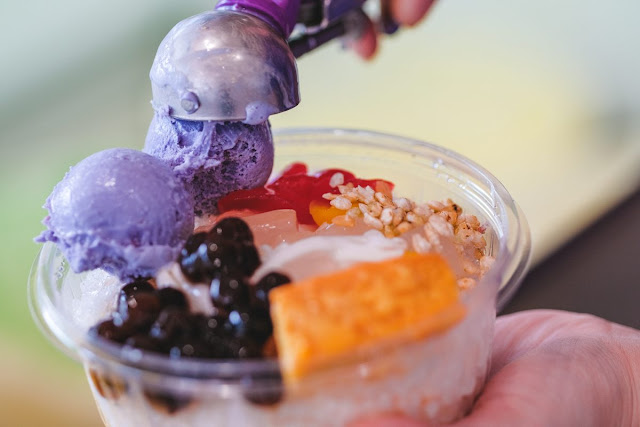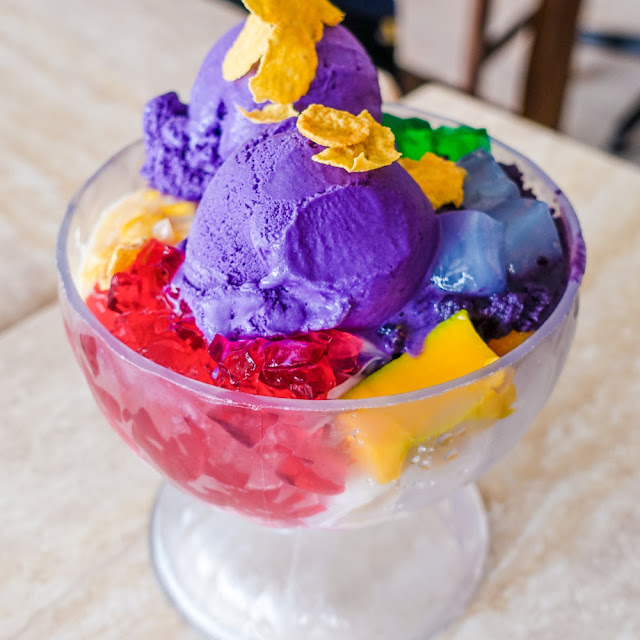Discover some of Pakistan’s best attractions and sights with following guide to the country’s most striking examples of historic architecture.
Wazir Khan Mosque
The Wazir Khan mosque was built by Shaikh Ilm-ud-din Ansari in 1634, who was Viceroy of Punjab under Shah Jahan. This mosque is located in Lahore, Pakistan and famous for its beautiful design. The Urdu meaning of Wazir is ‘minister’. The expanded and huge faience tile work there is the eye catching for all the tourists. This beautiful mosque is known as one of the famous historical places in Pakistan, which was built in seven years.The most historical and architectural feature to distinguish this mosque from others is the efficient use of minarets. No doubt, this mosque depicts the real and clear picture of the historical era gone by.
Pakistan Monument
The Pakistan Monument was inaugurated in Islamabad on 23 March 2007 as a national monument embodying the country’s history, and is in effect rich with significant cultural references. For its design, architect Arif Masood drew inspiration from the figure of a blossoming flower to represent the four provinces and three territories into which Pakistan is subdivided. The structure consists of four bigger ‘petals’ (the provinces), alternated with three smaller ones (the territories), built in granite and decorated with murals on the inner sides.Seen from above, the monument meaningfully recalls the five-pointed star on Pakistan’s national flag. Below the petals, a metallic crescent is found, which is inscribed with verses by Pakistan’s founder Muhammad Ali Jinnah and Indian poet Muhammad Iqbal.
Faisal Mosque
The Faisal Mosque is the largest mosque in Pakistan, located in the national capital city of Islamabad. Completed in 1986. It was designed by Turkish architect Mr. Vedat Dalokay to be shaped like a desert Bedouin’s tent. It is also the national mosque of Pakistan named after Saudi King Faisal bin Abdul-Aziz.Hiran Minar
When a beloved pet dies, what people usually do to keep its memory alive is preserve pictures and maybe a few objects to remember it by. In 1606, when Mughal Emperor Jahangir’s pet deer died, he had a minaret built to commemorate it. The Hiran Minar (Deer Tower) is situated in the Pakistani city of Sheikhupura, which briefly enjoyed the status of a popular hunting ground in the early 1600s.One day, during a hunting session, Jahangir spotted a deer he wanted to kill, but mistakingly hit his favorite hunting deer, Mansraji, instead. Feeling guilty, the Emperor ordered the construction of the minaret. Almost thirty years later, the mausoleum was enriched with an adjoining, large water tank; in the middle of the tank lies a picturesque octagonal pavilion, connected to the mainland through an elevated walkway. A rare celebration of the love of man for animals, the Hiran Minar is an attractive sight that certainly deserves to be seen.
Lahore Fort
The origins of the Lahore Fort, a stronghold in Old Lahore, are so ancient that it is impossible to establish precisely when the fort was first constructed. It is known, however, that in the second half of the 16th century, the original mud-brick structure was demolished and rebuilt with burnt bricks. Since then, this fortified citadel has undergone numerous other modifications at the hands of almost all the rulers who reigned over Lahore, British colonialists included.As a result, it summarizes Pakistan’s amazing cultural heritage in the various artistic influences seen throughout its wide range of different buildings such as mosques, mausoleums, palaces, audience halls, baths, watch towers, and more. A journey through Lahore Fort is in fact a journey through Pakistan’s past, and is for this reason recommended to anyone visiting the country.
Read more: The best traditional dishes you should try in Pakistan
Source Internet
















